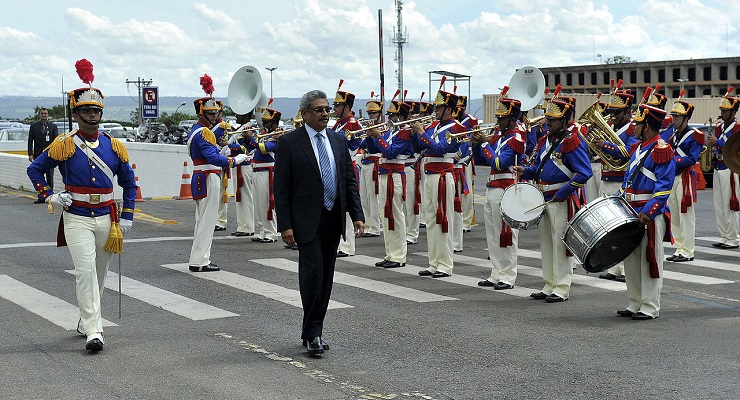
Sri Lanka’s government has increasingly come under the spotlight for nepotism. Scrutiny is not solely external. The people of Sri Lanka disapprove of the practice and have carried out protests to demand that authorities in the country put an end to it. This article by Dr. Asanga Welikala is published by Constitutionnet. Here is an excerpt:
The severe day-to-day hardships caused by a deteriorating Sri Lankan economy had given rise to small sporadic protests for months, but on the night of 31 March 2022, these erupted into a much more serious demonstration when protestors attempted to storm the President’s private residence in Colombo. The event clearly captured the public mood and within hours a concerted protest movement, which demanded the resignation of the three Rajapaksa brothers who were President, Prime Minister, and Finance Minister, had begun. In the days following, not only have protests taken place in most cities of the island, but its main body has occupied Colombo’s seafront esplanade, the Galle Face Green, continuously. The government’s attempts to quell the protests with curfews, social media bans, and the use of armed force have consistently failed. Its attempts to appease protestors with the resignation of ministers (including Finance Minister Basil Rajapaksa) and top officials such as the Central Bank Governor and Treasury Secretary have also failed, as have its attempts to extend olive branches through the offer of discussions with the protestors. For nearly three weeks now, not only has the protest movement grown, with celebrities, businesses, university students, teachers, and trades unions swelling its ranks, but it also appears that until President Gotabaya Rajapaksa and Prime Minister Mahinda Rajapaksa either resign or are otherwise removed, it will not subside.
The movement draws a clear connection between the economic crisis and the incompetent, corrupt, and unaccountable culture and structures of governance that caused the crisis.
While the trigger for the protests was the economy, it became apparent very early on that the protests were also about many other, more political, demands and aspirations. The demand for reform has consistently accompanied the demand for the end to Rajapaksa rule. The movement draws a clear connection between the economic crisis and the incompetent, corrupt, and unaccountable culture and structures of governance that caused the crisis. In particular, the causal connection between, on the one hand, the presidential system of government and the unfettering of the presidency by the Twentieth Amendment to the Constitution enacted by the Rajapaksas in 2020, and on the other hand, poor decision-making leading to economic catastrophe, has been implicit in even the most banal chants on Galle Face Green.
Find more information on this article here
Leave a Reply